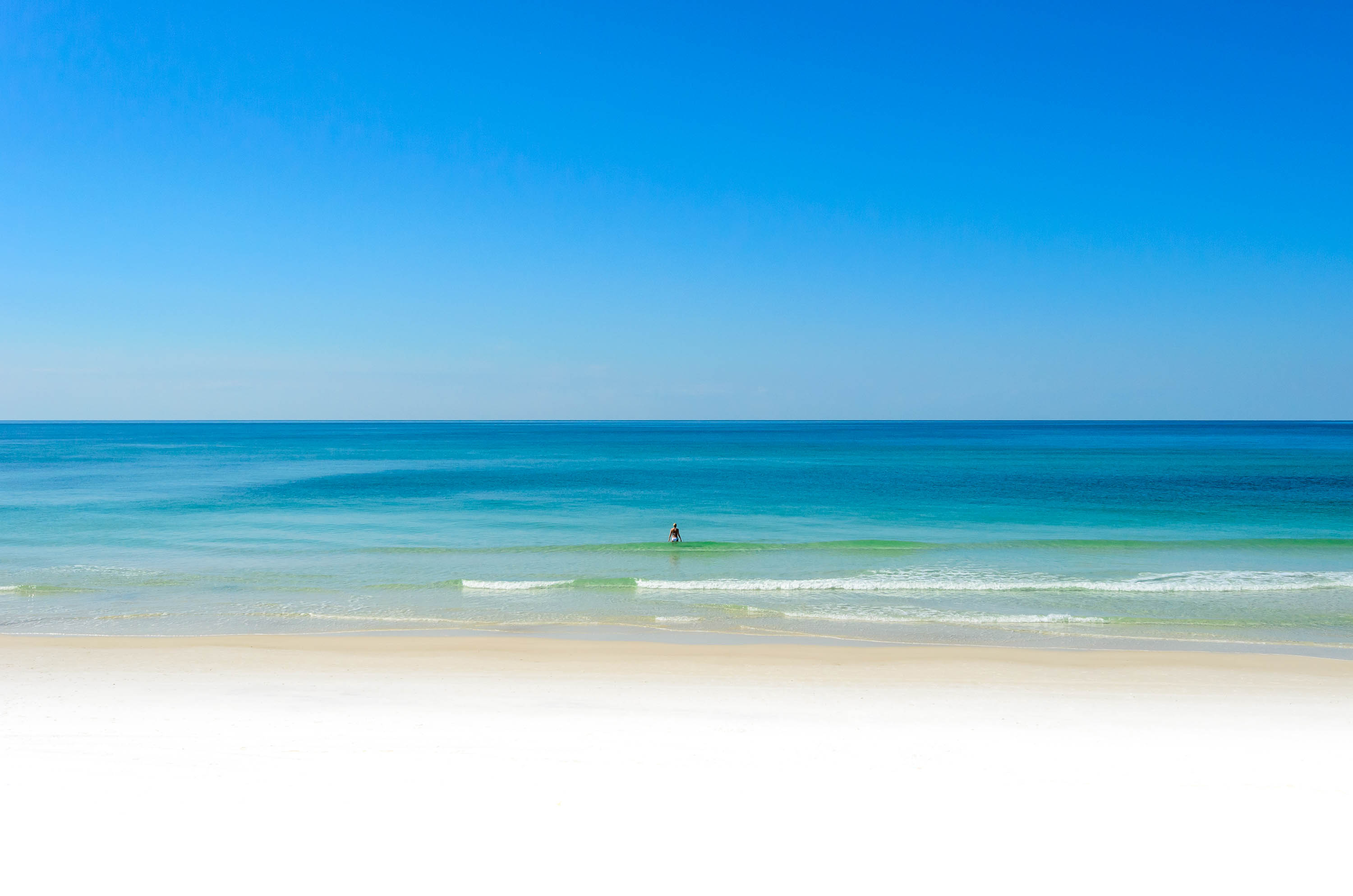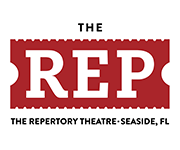I was also against beach nourishment for very different reasons; hard to acquire sand, expensive and I frankly did not think it really has that much of effect saving the beaches. Now, I really think it could work just fine; couldn't hurt.
As a non-property owner but frequent visitor to SoWal and occasional visitor to other beaches from Cape San Blas, FL to Orange Beach, FL, I’m against beach renourishment based on what I’ve seen at Orange Beach, Alabama, the (Orange Beach) Alabama and Florida portions of Perdido Key (including Perdido Key State Park), and Pensacola Beach proper. The native sand that naturally makes up the “dry sand” portions of Walton County Beaches is almost pure white, but the main difference I notice is in the texture; when you step on it, it packs and squeaks like a humid southern snow. The renourished beach sand in Orange Beach, Perdido Key and Pensacola Beach is yellow/tan, but notably a “looser” sand that burns up in the sun and doesn’t have the texture of the unique sand we are used to in Walton County; it’s more like playground sand in some mid-American suburb; I can’t even get an umbrella to stick up in it!
The renouroshed sand in the Sunnyside area on the west end of Bay County is whiter but still has more shell fragments in it and is again not like the native sand in SoWal. Cape San Blas sand appears to be native to that area, but tends to be darker towards Apalachicola and SGI and whiter on the NW end of the cape in the state park.
As you stated, you didn’t think it had much effect of saving the beaches - that is the big geological issue there: the beaches should be allowed natural accretion and renouroshment without artificial interference, just as the coastal dune lakes should be allowed to flow and open/close on their own.





